ECHINACEA and defenses
Tue, 24/03/2020 - 11:30
ECHINACEA and defenses
Healthy Tips
(Echinacea purpurea L.)
BY MARIBEL SAIZ CAYUELA. LDA BILOGIST. PGD.DIETETICS AND NUTRITION
Echinacea belongs to the Asteraceae or Compositae family. The Echinacea genus comprises perennial herbaceous plants, with basal leaves forming a rosette and alternate cauline leaves sessile. Echinacea purpurea can be between 0.8 and 1 m high. Its leaves are glabrous, long petiolate and dentate. Its flower heads are solitary with purple or deep red flowers, which could be up to 7 cm long. This is the most common species in North America. Its root is the main part or producing organ and it has a medicinal use. It’s harvested in autumn, but it is also used as an extract. It’s cylindrical, its length and thickness are variable and its external color can be from brownish-grey to brownish-red. It’s longitudinally striped, a bit spirally twisted and irregularly ramified. It’s also odorless and has a mild, aromatic flavor, sweet at the beginning and acrid-bitter in the end.
Over centuries, it was used as an important medicine by American natives to treat snakebites, common fever and minor infections, as well as typhoid fever, meningitis, malaria, diphtheria, etc. In Materia Médica Americana (1983), Elimgwood said this species destroys germs of infections directly and strengthens body defenses due to an increase in white blood cells, apart from helping with body temperature.
COMPOSITION
In its composition, many actives can be found, such as caffeic acid derivatives (the main one is echinacoside), flavonoids, essential oil, polyacetylenes, alkylamides, glycoproteins and polysaccharides. The root contains chicoric acid, alkylamides, polysaccharides, glycoproteins, polyacetylene derivatives and essential oil.
Properties and uses
Echinacea has been traditionally used to treat or prevent colds, flu and other infections. It is also used to treat wounds and skin problems, such as acne or boils. The monograph of the European Medicines Agency (EMA) concludes that it can be used short term for the prevention and treatment of common colds (2). Many research studies on this plant were conducted in Germany, where the plant was introduced in the 1920s (1, 4). Immunoactivity, including macrophage activation and cytokine expression, has been widely reported (5-14).
The immunostimulant properties of echinacea have been attributed to a combined effect of its several compounds (5). Its effects on the immune system can be summarized as follows:
• Activates phagocytic action of macrophages (5, 6).
• Induces the production of cytokines, such as interleukin (IL-1, IL-6) (7, 8, 9).
• Enhances natural-killer function of peripheral blood mononuclear cells (12, 13).
• Inhibits prostaglandin and leukotriene synthesis (10, 1) and helps reduce inflammation.
• Inhibits hyaluronidase.
Echinacea effects are the result of a combination of several of its compounds, specifically alkylamides, polysaccharides, glycoproteins and chicoric acid.



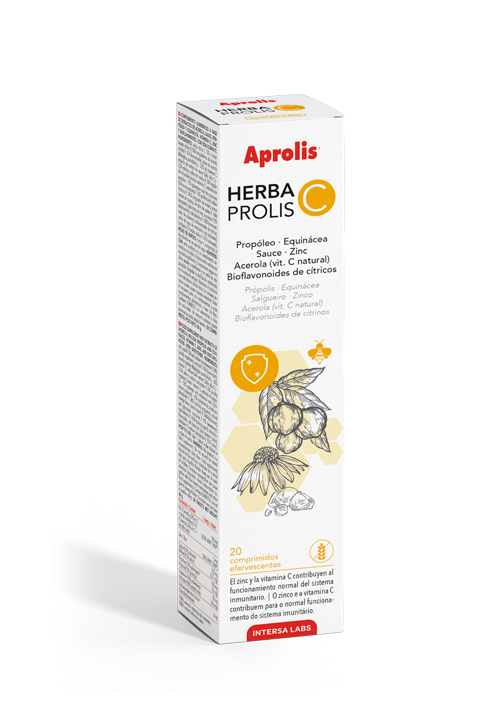

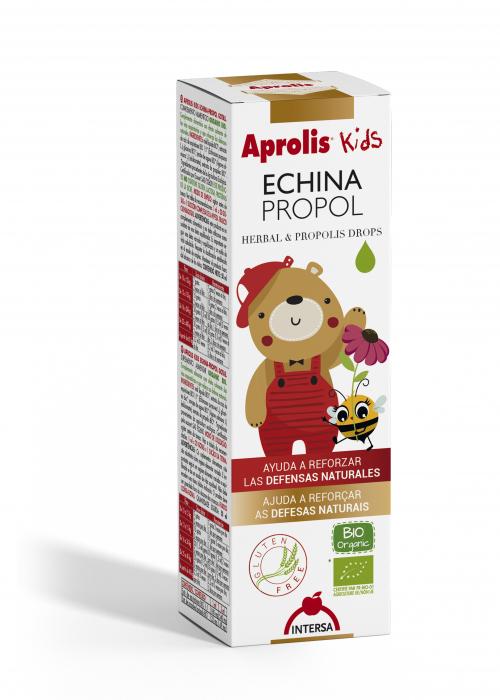
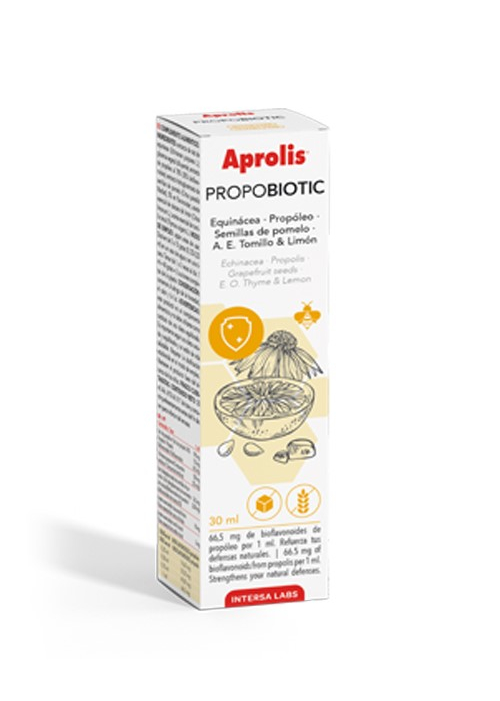
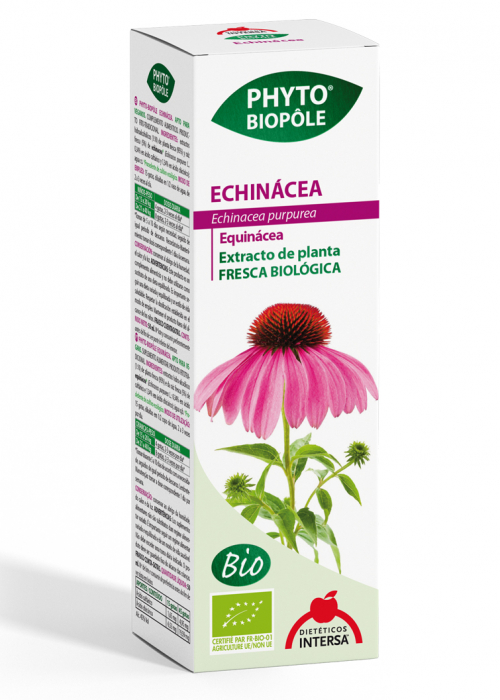
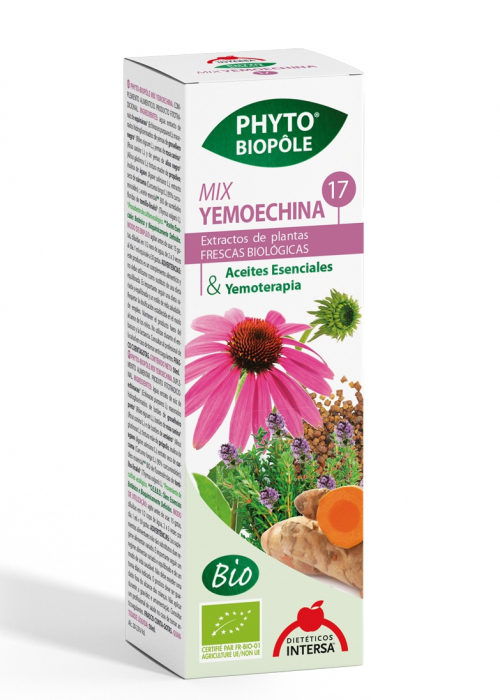






Comments
Add new comment